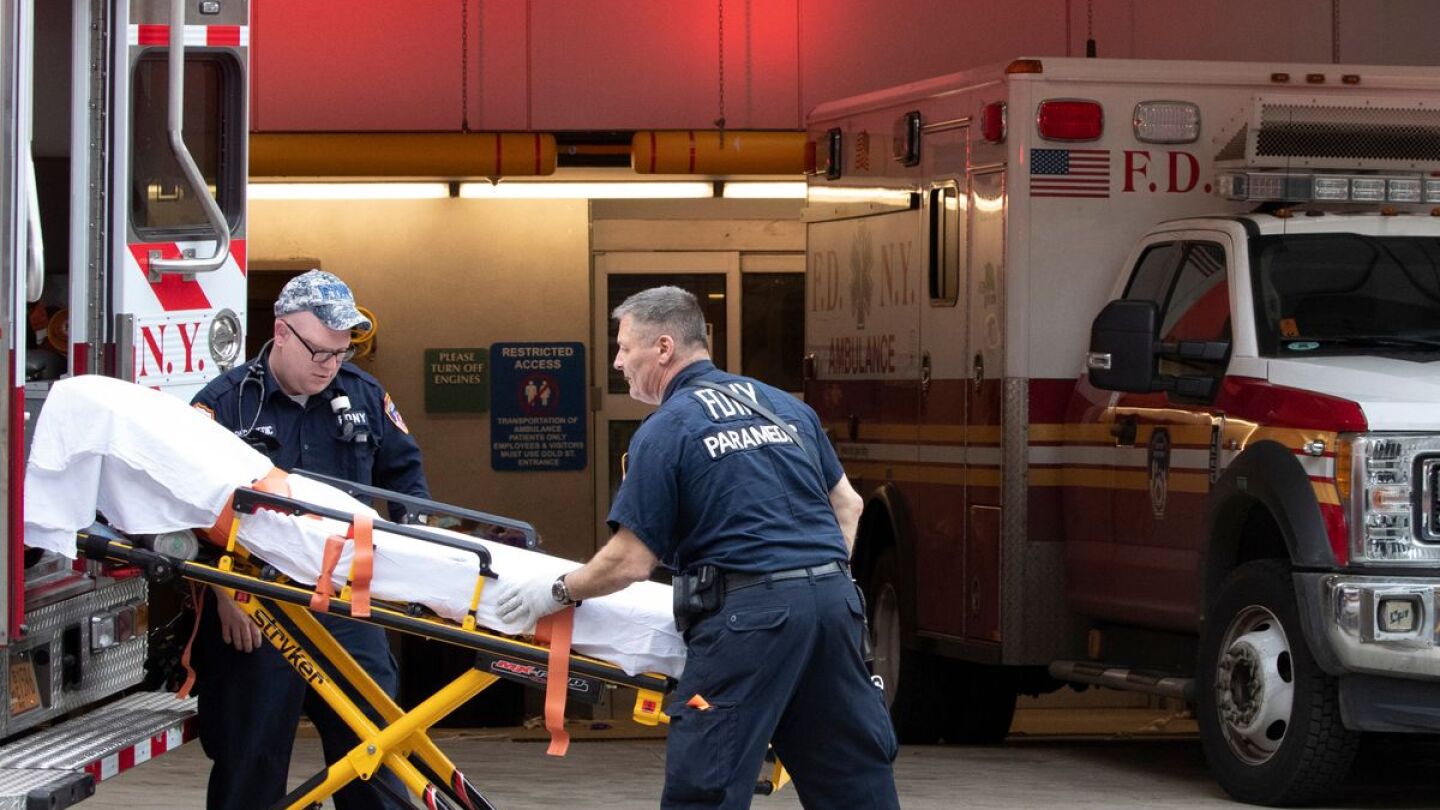EMS Training and Education
Your go-to resource for evidence-based EMS training, continuing education, instructor development and industry innovation. Find expert articles, videos, product reviews and specialized resources to support EMTs, paramedics, medical directors and educators. Stay current on instructor best practices, CEU requirements, virtual training trends, simulation strategies and educational policy affecting prehospital care.
EMS Training and Education Resources
Practical, authentic ways to show gratitude and strengthen community ties with the people who respond first when it matters most
5 tips to quickly find a patient’s radial pulse for vital sign assessment
Educating patients at the highest risk for suffering a fatal overdose
Know the signs of escalation and how to diffuse dangerous encounters
Injury prevention, especially of geriatric falls, is an important responsibility for EMS providers
Why your next “general malaise” call could be a ticking time bomb
New Britain’s naloxone training and addiction support model shows promise for other communities
Discover the top CPR training providers, certification steps and must-have CPR training tools
From the 1500s until today, techniques for placing a tube into the trachea have continuously evolved and will continue to improve in the future
CPR training can prepare anyone to render lifesaving care
During a time of racial tension and social upheaval, the movement helped form the foundations of the pre-hospital care we’re used to today
Equipping citizens to put down the cell phone and save lives in an emergency
Managing high-risk/difficult refusals with the FEARS mnemonic
Four distinct events must occur in order for an anaphylactic reaction to manifest
Boost your study game, improve your field readiness, and ace your NREMT exam with these essential paramedic school supplies
These priorities ensure leaders have the tools to inspire trust, lead effectively, and guide their teams with confidence and expertise
Skilled actor patients offer a practical, impactful way to teach EMS providers respect for diversity, enhancing critical thinking, interpersonal skills and public trust
The NALS course expands the innovative Resuscitation Suite Portfolio that drives better outcomes
Our picks for public safety readers for inspiration, health, healing, leadership and escape
An easy patient assessment activity you can incorporate in any classroom
Learn how implicit bias is shaping (and harming) the care we give to female patients
A new University of Washington program addresses a critical gap as first responders remain the primary response to mental health calls in many areas, especially rural communities
We train extensively on blunt trauma and GSWs, but stab wounds also present a real danger for patients
For new EMTs and paramedics there is nothing more important than improving your patient assessment skills; learn and follow these field proven tips
Based at the R Adams Cowley Shock Trauma Center, the GO-TEAM is breaking barriers between prehospital and hospital care
We asked readers for advice on learning and studying pharmacology and received dozens of fantastic responses
Medication administration cross check is a simple and easy to implement process to reduce medication errors
The criminalization of medical errors has added a new layer to reducing harm
Watch as Steve Whitehead shares quick tips for improving stroke care
Day 1 of the Wisconsin EMS Association conference featured sessions on sepsis, electrolyte imbalances, facial trauma and traumatic amputations
“We can’t plan for everything, but with the right people, policies, training, and supervision in place we can best handle whatever may come our way”
“What happens when the kidneys aren’t getting enough blood? They sound the alarm with renin.”
Inspired by a post on the Humbled Medic’s blog, our cohosts discuss how the Apple TV show is a masterclass in servant leadership
For your reference: A pediatric vitals chart broken down by age range
A deadly vehicle attack in New Orleans underscores the need for EMS to adapt to evolving threats, exploring strategies for prevention, response and building resilience






































